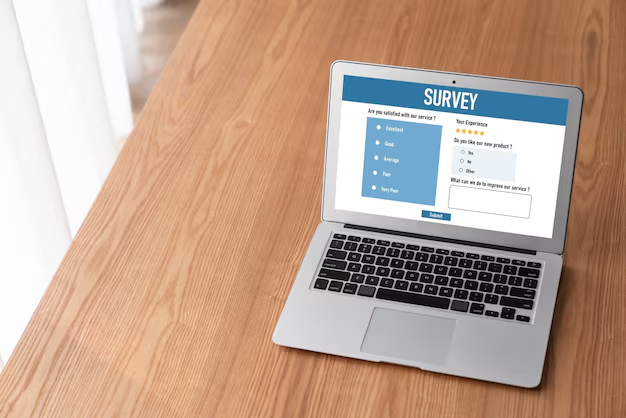Master the Art of Writing an Address with an Apartment Number
Whether you're sending a letter, filling out paperwork, or placing an online order, correctly writing your address is crucial to ensure your correspondence arrives safely and on time. Including an apartment number can sometimes cause confusion, but with a few simple guidelines, you can make sure your address is clear and complete.
How to Format Your Address
When writing an address that includes an apartment number, it's important to follow a standard format that makes it easy for postal services to deliver your mail accurately.
1. Street Address
Begin with the street address. This includes the street number and street name. For example:
123 Main Street
2. Apartment Number
Place the apartment number on the same line as the street address after a comma, or on a separate line before the street address. It should be preceded by the word "Apt" or "#". For instance:
123 Main Street, Apt 45
or
Apt 45
123 Main Street
3. City, State, ZIP Code
On the next line, write your city, followed by a comma, and your state in abbreviated form, then your ZIP code. Here’s how it looks:
Anytown, NY 12345
When you combine all the elements, your address might resemble the following:
123 Main Street, Apt 45
Anytown, NY 12345
Why Accurate Address Formatting Matters
Properly formatted addresses reduce the risk of misdelivered mail and ensure that correspondence reaches the intended recipient swiftly. Additionally, for those interacting with government services, online platforms, or financial institutions, an accurate address is crucial for verification purposes.
Top Tips for Including Apartment Numbers
- Use Clear Labels: Always use "Apt" or "#" to avoid confusion.
- Stay Consistent: Consistent formatting helps avoid errors in mailing lists and databases.
- Review for Accuracy: Double-check numbers and spellings to prevent delivery hiccups.
Transition to Practical Financial Resources
Having a correctly formatted address isn't just about receiving mail; it aligns with ensuring you’re in tune with other personal details that could influence access to various financial and educational resources. Whether you’re seeking to improve financial stability or looking into further educational opportunities, having the right tools is essential.
For those facing financial stress or looking to expand their qualifications, explore avenues such as government aid programs, financial assistance options, or educational grants to empower yourself and your future prospects.
Highlighted Resources for Assistance:
- 💰 Government Aid Programs: Help with housing, food assistance, and utility bills.
- 🏠 Rent Relief Options: Local and federal resources for those in need of housing support.
- 📚 Educational Grants: Opportunities for scholarships and adult education subsidies.
- 💳 Credit Solutions: Access to credit counseling services to manage debt effectively.
- 🏦 Financial Assistance Programs: Organizations offering emergency aid and budget planning.
Addressing detail diligently is a small step with far-reaching impacts. It opens the door to resources that can significantly affect your personal and financial well-being. As you navigate the administrative complexities of life, let this guide be a stepping stone to ensuring accuracy and exploring the opportunities that lie beyond.
